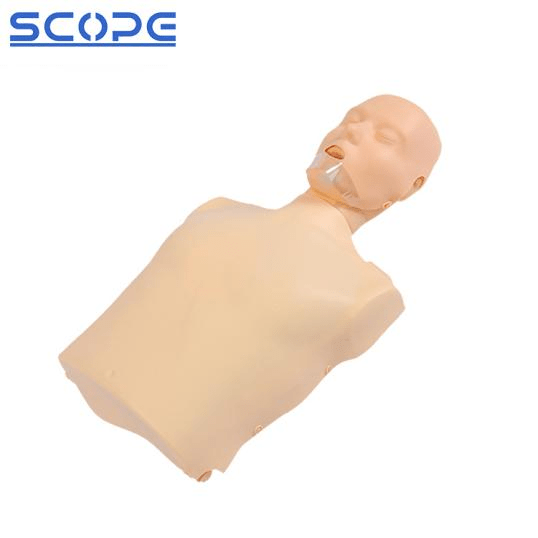Manikins are extremely useful tools for medical education and training, but it is important to remember that they cannot completely replace hands-on clinical experience. While they offer numerous advantages, there are some important differences to consider:
Advantages of Manikins:
l Repetitive practice: Regular practice on manikins improves muscle memory and refines skills.
l Standardized training: Ensure all trainees have consistent experiences, regardless of instructor or location.
l Safe and controlled environment: Manikins allow for safe experimentation and learning, with no risk to patients from mistakes.
l Communication and teamwork training: Simulate patient interactions to enhance communication and collaboration skills.
l Variety and flexibility: Manikins of various types can target specific procedures and scenarios.
Disadvantages of Manikins:
l Limited complexity: Even advanced manikins may fail to fully replicate human physiology and responses.
l Lack of human interaction: Manikins do not replicate the emotional and psychological aspects of actual patient interactions.
l Focus on technical skills: In real-world situations, technical abilities may take precedence over communication, empathy, and critical thinking.
Functions of Manikins:
l Practice complex procedures in a safe environment: Enable safe experimentation and refinement for advanced techniques.
l Provide a foundation for skill development: Create strong technical skills before attempting real-world scenarios.
l Enhance communication and teamwork skills: Simulate patient encounters to practice essential healthcare skills.

